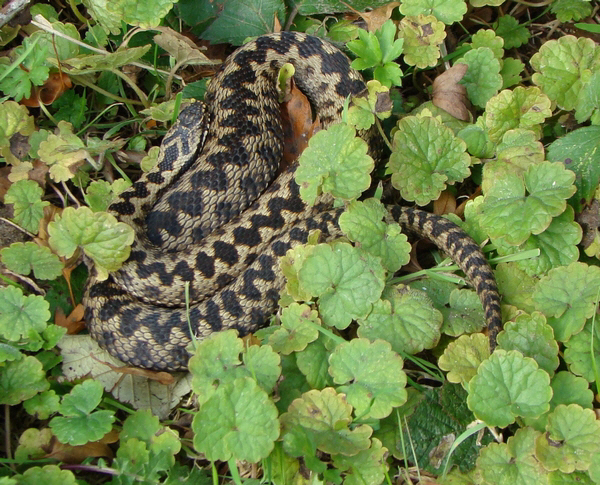Saturday 6th October 2007
Pulborough Brooks
The bike is still off the road and our pockets are nearly empty and so our
options were limited. Gill decided that she wanted another go at seeing the
stoats, so it was back off to Pulborough Brooks by train for us. Before we even
got to the brooks we had seen a bird of prey in the distance perched in a tree.
It looked very much like a peregrine but it was impossible to tell for sure.
The weather turned out to be perfect and the reserve was virtually deserted of
people for some reason. As we entered Nettley's Hide we found a Robin
trapped in there so I quickly caught him and Gill just had time to stroke its
head before it shot out of my hand and out of one of the windows we had opened.
We also got to see a secretive
Water Rail at Nettley's that quickly shot across an open stretch of water
before skulking back into the undergrowth again and disappearing. There are
hundreds of
Canada Geese and
Greylag Geese on the brooks now and the sound of their honking is the
perfect soundtrack for the autumnal display that is starting to take over.
On the way home along the Arun at dusk we waited at a bend in the river and got
some short views of a hunting
Barn owl. The perfect end to a very relaxing days exploring.
Oh by the way, we didn't see the stoats, so Gill is still insanely jealous of
me.
Another nice picture of one of Pulborough's female adders. They must be
getting used to me by now.

Today we were lucky enough to get a good view of one of the
male adders. They
are much smaller and thinner than the females and usually a bit more timid.
While I was photographing him, his mate secretly came out to protect him, hiding
under the grass nearby. She was very hard to spot because of the kind of
undergrowth there and so I had to be very careful not to get bitten.
Grey heron
This impressive insect is a female Rhyssa persuasoria and is our
largest ichneumon fly at about 80 mm in total length. The Latin name means
'persuasive burglar' due to the fact that this is a parasitic fly. She uses her
long ovipositor to drill into wood and lay a single egg on the larvae of wood
wasps and beetles. When her larvae hatches it feeds on the host before emerging
in the spring. The adults are usually active between July and August so perhaps
global warming has already had an effect on these insects.
Ruddy darter (Sympetrum sanguineum).